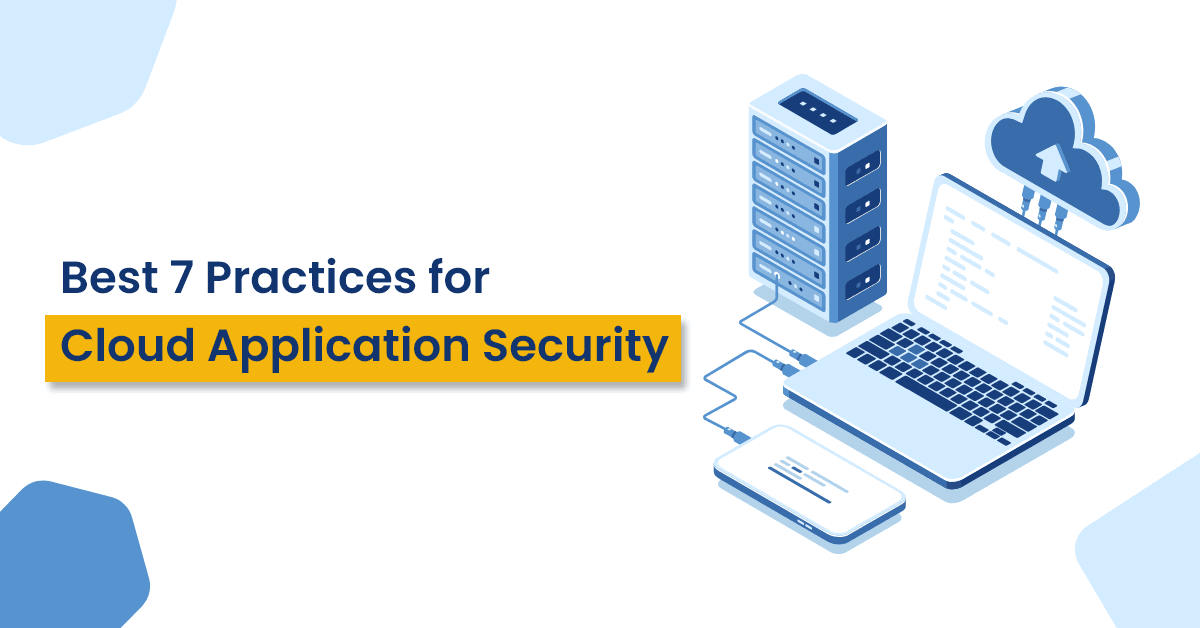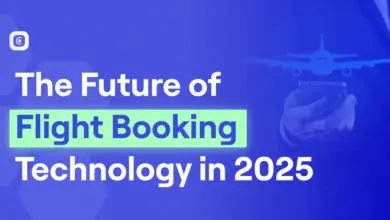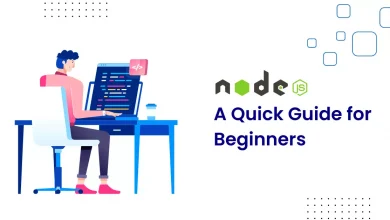Best 7 Practices for Cloud Application Security in 2025

Introduction of Cloud Application Security
As organizations increasingly embrace the public cloud, platforms like Amazon Web Services, Microsoft Azure, and Google Cloud Platform have become the go-to solutions due to their simplicity and cost-effectiveness. Creating a new account takes just minutes, allowing businesses to easily scale resources up or down based on demand, paying only for what they use while avoiding high hardware costs.
However, while the public cloud alleviates the need for physical infrastructure, it introduces new challenges. Effective cloud application security is paramount, requiring a comprehensive approach that ensures the protection and proper configuration of your cloud architecture. This includes gaining visibility into your infrastructure and understanding who has access to it.
In practice, managing cloud risk can be complex. The rapid adoption of cloud technologies has led to data being distributed across multiple platforms, with many businesses now utilizing at least two public clouds simultaneously while exploring others. This multi-cloud strategy creates visibility challenges for IT teams, who must navigate various platforms to get a holistic view of their cloud assets.
A lack of visibility into these cloud-based resources can expose organizations to significant security and compliance risks.

Here’s a Cloud Application Security Checklist to Prevent any Threats and Risks
1. Understand Your Responsibilities
It sounds obvious, but security is handled a little differently in the cloud. Public Cloud providers, such as Amazon Web Services, Microsoft Azure, and Google Cloud Platform, use a shared responsibility model.
They ensure the safety of the Cloud, while you are responsible for everything placed in that Cloud.
The physical protection of data centers and the virtual separation of customers and environments are fully supported by public cloud providers.
You may be granted some basic firewall rules to manage access to your environment. But if you do not configure them correctly (for example if you leave ports open to the wind), you will be solely responsible.
This is why it is important to understand your cloud application security responsibilities.
2. Build a Multi-Cloud Strategy
Having multiple cloud environments is no longer a preferred strategy. It is the opposite that has become THE essential strategy.
You may need to use several Cloud environments for several different reasons: availability, more adaptability, or some special features.
When planning your cloud application security controls and risk management strategy, start from the principle that you will use several different Cloud servers.
If this is not the case today, it is will surely be in the near future. In this way, you can make your approach sustainable.
Think about how you will manage the security, monitoring, and compliance of multiple Cloud servers, with separate systems and consoles.
The simpler the management, the simpler it decreases incident response time, increases threat detection, and reduces the puzzle of compliance audits. Not to mention better retention of your qualified staff.
Look for agentless solutions that allow you to monitor multiple environments of Cloud from a single SaaS console, reduce the number of tools, staff, and time needed to manage security on a diverse set of cloud accounts.
3. Get Full Visibility
You can’t secure what you can’t see and this one of the main obstacles. Having a good cloud application security strategy means complete visibility into your infrastructure.
Take advantage of tools that provide real-time visualization of network topology and traffic flow, with a full inventory including hosts, networks, account users, storage services, containers, and serverless functions.
For more visibility, look for tools that can identify possible vulnerabilities within your architecture to prevent any potential point of rupture. Risk areas include:
- Databases with open ports on the Internet that could allow attackers to access it
- Suspicious user connection behavior and API calls, including multiple simultaneous logins to the same account or logging in of a user in the same day, but from different countries.
4. Build Compliance into Your Daily Activities
By transferring your resources to the Cloud, you must respect the compliance rules on a more distributed network, which often involves the regular development of versions.
To ensure compliance, you must create an accurate inventory report and network diagrams of your cloud footprint, and ensure that the list of Compliance verification is observed in a dynamic environment.
When it comes to meeting audit deadlines, companies often fall back on the short-term solutions of diverting resources from commercial projects that are profitable.
However, this solution is not viable in the long term and, like daily snapshots become obsolete quickly and do not allow monitoring continued compliance for standards such as ISO 27001, HIPAA, and GDPR.
5. Automate Your Cloud Application Security Checks
Automating security has become a real issue, as cybercriminals themselves use more and more automation to carry out their attacks.
They use, for example, user credentials stolen to automate the provisioning of instances to achieve fraudulent activities such as cryptojacking, changing account settings, or revoking legitimate users to avoid detection.
Indeed, it is now common for cloud environments to be targeted for vulnerabilities, security in passwords, security group settings, or code.
To ensure cloud security controls, take a look at solutions that offer:
- Automatic remediation of user access vulnerabilities and resources, with input from any source on any port.
- Identify suspicious console login events and API calls that suggest an attacker’s use of shared or stolen user credentials.
- Reporting anomalies in outbound traffic to alert your business to fraudulent activities such as cryptojacking or data theft.
- Identify hidden application workloads from the behavior of the instance on the host computer in order to update hidden points of exposure (e.g. databases)
Our IT support services offer comprehensive cloud application security solutions to ensure the safety and integrity of your data and applications in the cloud.
6. Secure ALL of Your Environments (Including Dev and QA)
Although recent cases of attacks on public clouds have been on environments and production companies (those used by your customers), the attackers are all as likely to target your IT capacity, that is to say, your environments, development, and quality analysis, for cryptojacking for example.
You need top cloud application security solutions that can secure all your environments (PROD, DEV, and QA) reactively, but also proactively.
The solution must be able to handle all your log activities (VPC flow logs, CloudTrail logs, etc.) to identify incidents that have already occurred products, for example when an unwanted port is opened in the firewall.
Thus, vulnerabilities introduced into the code are detected long before the latter is deployed on your servers, thus preventing you from making the next headlines.
7. Reuse the Practices of Security that You Already use Locally
This advice may seem surprising in a guide to the public cloud, but the security of your local infrastructure is the result of decades of experience and research.
When it comes to protecting your cloud servers against infection and data loss, start by thinking about what you are already doing for your traditional infrastructure and adapt it for the cloud:
- Next-Gen Firewall: Prevent threats from reaching your cloud servers by using a Web Application Firewall (WAF) at your Cloud Gateway. Also, consider including an IPS (Intrusion Prevention System) (to facilitate compliance) and outgoing content control to protect your servers / VDI.
- Server protection: Apply effective cyber protection to your servers Cloud, just like you would on your physical servers.

Conclusion
While your network operates in the cloud, your devices—computers, laptops, iOS, and Android—remain vulnerable on the ground. A single phishing email or spyware can compromise user credentials and jeopardize your cloud accounts. To mitigate these risks, it’s essential to regularly update the security of your devices and messaging services.
Want to enhance your cloud application security? Contact our team today to implement a robust cloud risk management strategy and ensure the safety of your data in the cloud.





